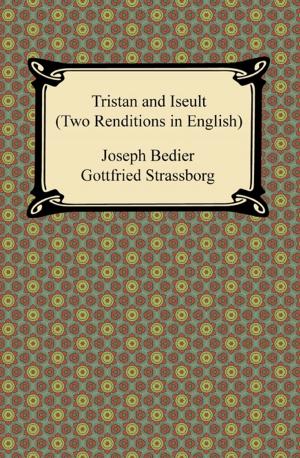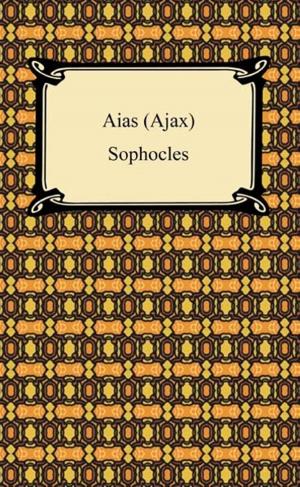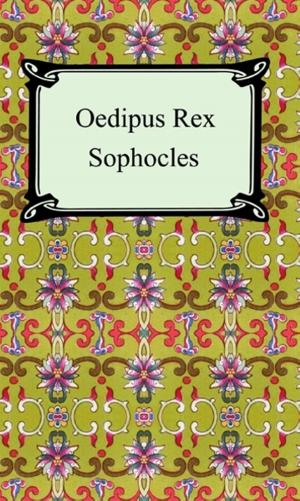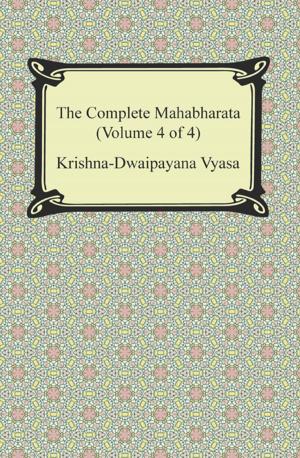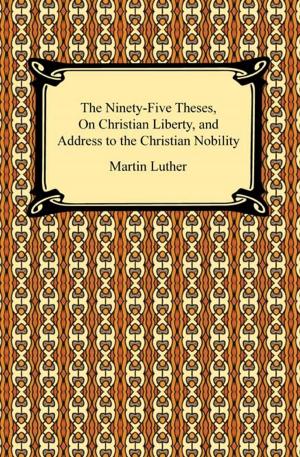| Author: | Anonymous | ISBN: | 9781420922875 |
| Publisher: | Neeland Media LLC | Publication: | December 15, 2009 |
| Imprint: | Digireads.com Publishing | Language: | English |
| Author: | Anonymous |
| ISBN: | 9781420922875 |
| Publisher: | Neeland Media LLC |
| Publication: | December 15, 2009 |
| Imprint: | Digireads.com Publishing |
| Language: | English |
The "Ramayana" is an ancient Sanskrit epic originating in India and dating from at least the third century BC. It is not a single text, but instead is comprised of many texts, as well as oral renditions. Traditionally, it is ascribed to the Hindu sage, Valmiki. However, the work as it is now known is believed to have many insertions of a much later date than the original work. It forms an important part of the Hindu canon reflecting religious, political, social beliefs, and moral doctrines of Hindu origin. The "Ramayana" story combines romance, fantasy, magic and adventure as it recounts the life of Rama—the seventh incarnation of the Hindu god Vishnu, his brother Lakshmana—his wife Sita, the enemy Ravana, a host of demons, and an army of monkeys loyal to Rama led by Hanuman. It contains the teachings of ancient Hindu mentors and presents them in narrative allegory, exploring the tenets of human existence and the concept of dharma. Presented here in this volume is an edition abridged by Romesh Dutt.
The "Ramayana" is an ancient Sanskrit epic originating in India and dating from at least the third century BC. It is not a single text, but instead is comprised of many texts, as well as oral renditions. Traditionally, it is ascribed to the Hindu sage, Valmiki. However, the work as it is now known is believed to have many insertions of a much later date than the original work. It forms an important part of the Hindu canon reflecting religious, political, social beliefs, and moral doctrines of Hindu origin. The "Ramayana" story combines romance, fantasy, magic and adventure as it recounts the life of Rama—the seventh incarnation of the Hindu god Vishnu, his brother Lakshmana—his wife Sita, the enemy Ravana, a host of demons, and an army of monkeys loyal to Rama led by Hanuman. It contains the teachings of ancient Hindu mentors and presents them in narrative allegory, exploring the tenets of human existence and the concept of dharma. Presented here in this volume is an edition abridged by Romesh Dutt.

